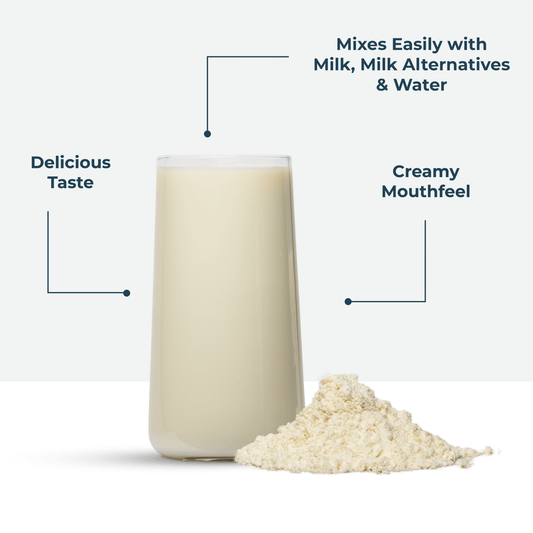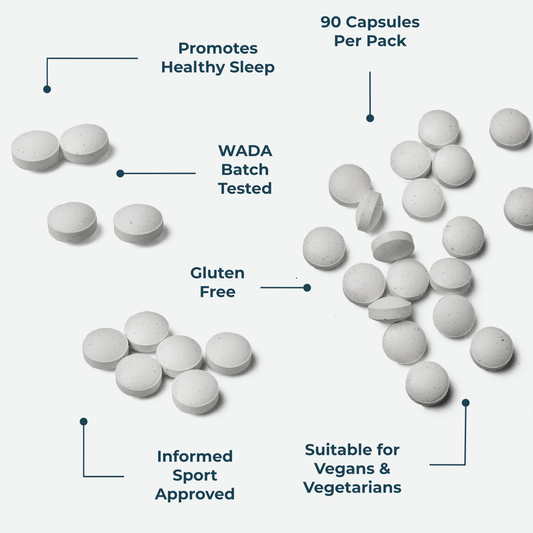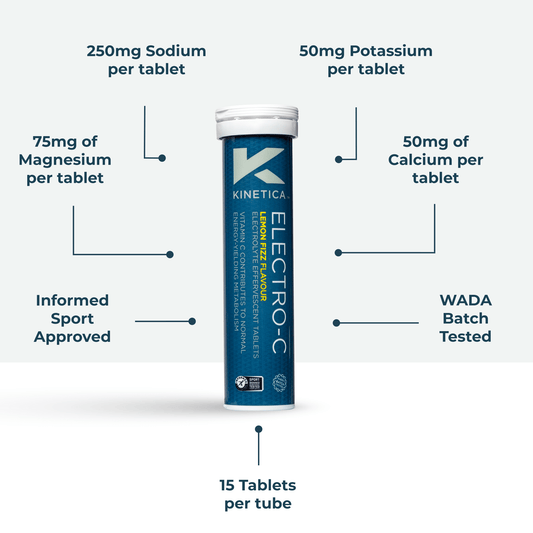Do I Need to Change the Way I Eat Around My Menstrual Cycle?

As active women, we’re often curious about how our bodies work and how we can best support them, especially when it comes to fueling our performance. The menstrual cycle is a big part of our physiology, and recently there’s a lot of talk out there about whether we need to change the way we eat based on our cycle phases.
So, do you really need to eat differently during each phase of your cycle? The short answer is: maybe, but it depends. Let’s explore why.
Understanding Your Cycle
Our menstrual cycle is made up of different phases, each with unique hormonal shifts that can impact our energy levels, mood, cravings, and even our performance. Broadly, we have the follicular phase (starting from the first day of menstruation until ovulation) and the luteal phase (from ovulation until the start of the next period). During each phase, our bodies are doing pretty amazing things that influence how we feel, move, and recover.
While there’s no one-size-fits-all approach, learning to work with your cycle rather than against it can help you feel more empowered and in tune with what your body needs. It’s about listening to your body, not strictly adjusting your diet to follow cycle “rules.”
Why Women’s Hormones Make a Difference
Each cycle phase has unique hormonal changes, mainly involving estrogen and progesterone, that can impact your energy, metabolism, and even how your body uses nutrients.
1. Follicular Phase (Day 1-14): This phase starts with your period and continues until ovulation. Estrogen levels gradually increase, peaking just before ovulation. Many women feel stronger, more energetic, and motivated during the follicular phase, especially in the days following menstruation.
2. Luteal Phase (Day 15-28): Following ovulation, progesterone rises while estrogen dips slightly. Many women experience lower energy levels, increased cravings, and sometimes feel less motivated during this phase, especially in the days before their period begins.
So, what does this mean for your diet? These shifts in hormones can slightly change how our bodies metabolise fuel. For instance, we may use more carbohydrates for fuel in the follicular phase and rely more on fat for energy in the luteal phase. Understanding this can help us make mindful choices, but it doesn’t mean we need to completely adjust our eating habits based on each phase.
Adapting to Your Cycle: Making Small, Practical Adjustments
The key is to tune into your body’s cues and adapt based on how you feel. Here are some practical adjustments you can make, without needing to change everything:
1. Follicular Phase
During the follicular phase, you may feel more energetic, stronger and ready for higher-intensity sessions. To support this:
● Carbohydrates for Energy: Carbs are especially beneficial in this phase as your body tends to utilize them more effectively. Ensure you’re eating enough carbohydrates (like oats, rice, pasta, and whole grains) to fuel your sessions/sport[1] .
● Support Muscle Repair: If your training intensity increases in alignment with energy levels it’ll be important to focus on your recovery nutrition too. Prioritise your daily protein intake to support muscle repair and growth. Think lean meats, fish, eggs, yogurt & Kinetica Sports Whey protein.

2. Ovulation
Around ovulation, many women feel a peak in strength and energy. This is a great time to go for performance-based goals if you’re feeling up to it. Keep in mind, not everyone feels this way and there are always a number of factors that influence how we feel.
● Balanced Meals: Continue with balanced meals consumed at regular intervals that include carbs, proteins, and healthy fats. This will support both energy and recovery.
● Stay Hydrated: Higher estrogen levels can cause a slight fluid shift, so ensure you’re well-hydrated, especially if you’re training intensely. Try adding Kinetica Sports Electro-C tablets to your water for a boost of hydration and essential minerals, especially if you’re training intensely.
3. Luteal Phase
The luteal phase can bring a mix of fatigue, cravings, and a drop in motivation. It’s natural to feel more drawn to comfort foods or find your energy levels dipping. Here’s how to adapt:
● Complex Carbohydrates for Cravings: To manage cravings, especially for sweets, focus on complex carbs that offer slow, sustained energy release, like sweet potatoes, whole grains, and fruits.
● Include Magnesium-Rich Foods: Many women find that magnesium can help reduce bloating and cravings. Foods like dark chocolate, nuts, leafy greens, and seeds are great sources. Kinetica Sports Zinc & Magnesium supplement can be a helpful option to consider around this time when recovery may be impacted.
● Healthy Fats and Protein: These nutrients support satiety, keeping you fuller longer and helping with mood stability. Include sources like avocado, nuts, and fatty fish within your meals.

4. Menstrual Phase
During menstruation, energy levels may be lower, and your body may feel like it needs more rest. Be mindful of pushing too hard, especially if you notice a change in your recovery ability. Aim for nutrient-dense choices that are easy to digest.
● Iron-Rich Foods: Iron levels can dip during menstruation, so including iron-rich foods (like spinach, red meat, and lentils) can be helpful, especially if you experience fatigue.
● Easy-to-Digest Foods: If you experience digestive discomfort, think about easy-to-digest foods like soups, smoothies, or well-cooked meals.
Listen to Your Body
While some people advocate for strict dietary changes with each phase, the truth is, it’s more effective to listen to your body’s signals. Your cravings, energy levels, and performance can guide you. For example, if you feel strong and energised, you might add more carbs to support high-intensity training. If you feel tired, you may want to focus more on nutrient-dense, comforting meals that help you recover.
The Big Picture: Consistency Over Complexity
Instead of completely changing your diet based on every cycle phase, focus on building a balanced, nutrient-dense diet that supports your activity level and goals all month long. The menstrual cycle is just one factor, and the goal is to work with your body, not overcomplicate things.
1. Aim for Consistency: Eating a balanced diet with complex carbs, proteins, healthy fats, and plenty of fruits and vegetables will benefit you in every phase.
2. Plan Ahead: If you know you tend to feel low-energy or have cravings during certain times of your cycle, plan meals or snacks that you enjoy and look forward to. Tracking your cycle for a few months will help you paint that picture.
3. Practice Flexibility: Your body’s needs can vary not only across your cycle but also day-to-day. Give yourself permission to adjust based on how you feel.
Ultimately, the best approach is a supportive, flexible mindset toward your nutrition. You don’t have to make extreme changes to see benefits. Focus on a consistent, balanced approach, and adjust based on your own experience and needs. Your body knows what it needs, and by paying attention to its signals, you’ll be able to fuel in a way that feels right for you.
So, do you need to change the way you eat around your menstrual cycle? Not drastically. But by tuning into your body, making small adjustments, and giving yourself grace, you can support your energy, mood, and performance in a way that feels sustainable and empowering.
Consider supplementing with Kinetica Sports Energy Powder to support carbohydrate intake?










